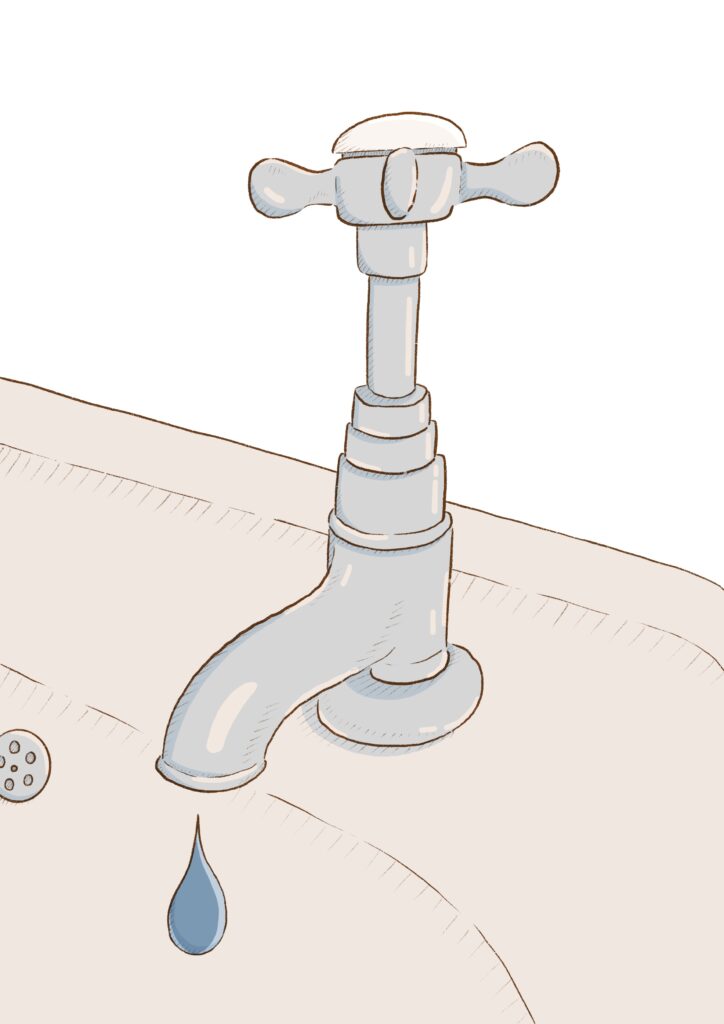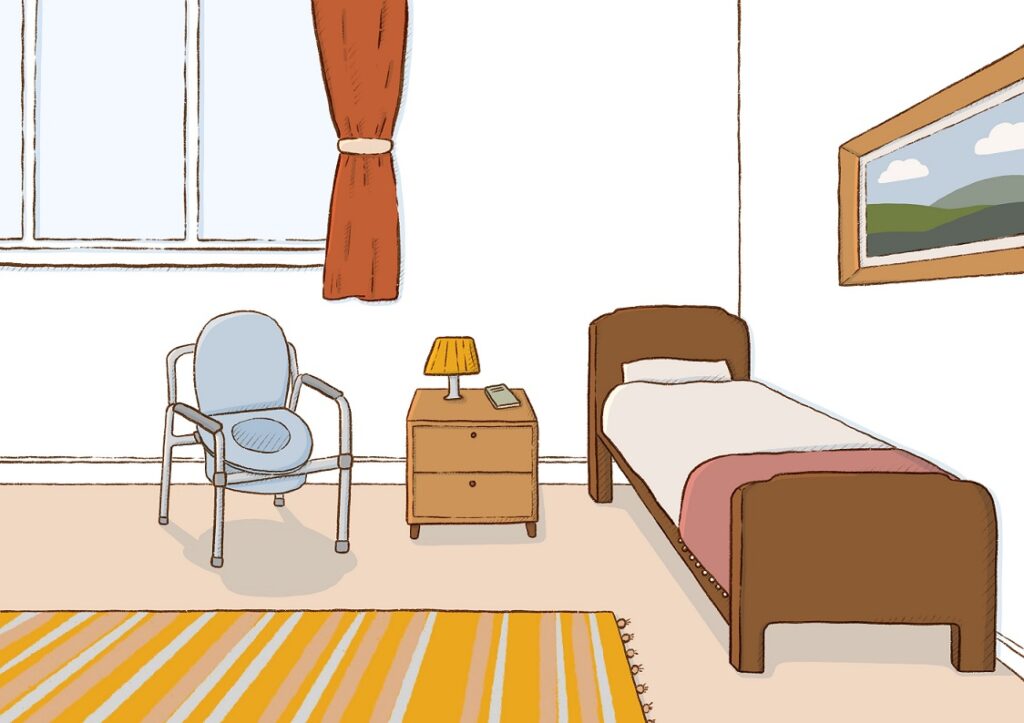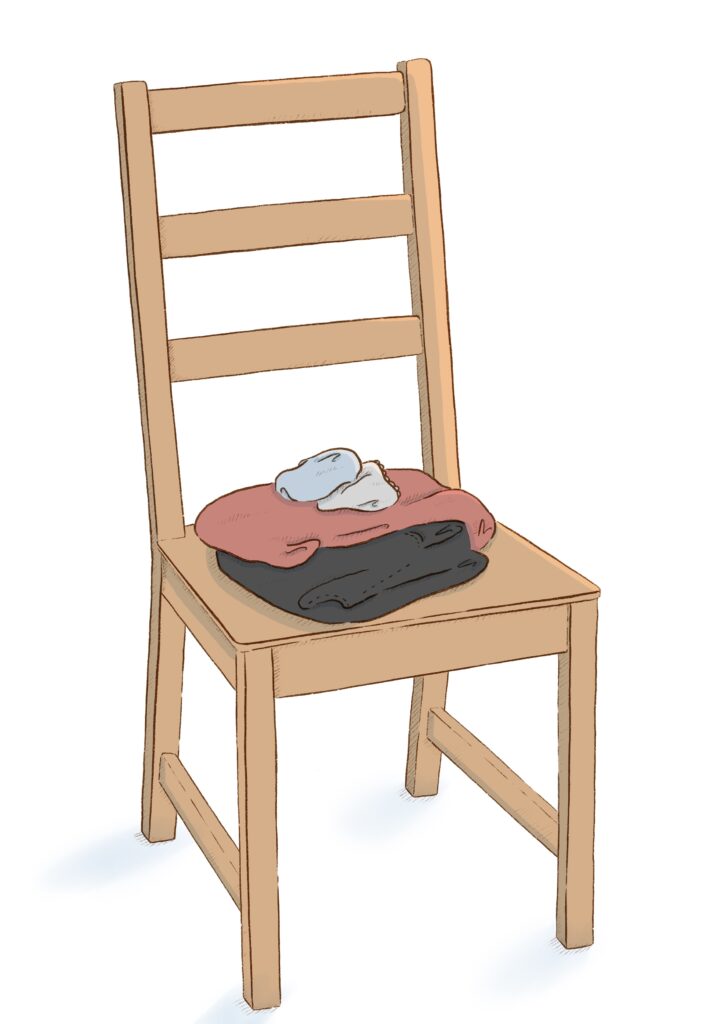The information provided on this page is available to download as a printable booklet.
There are changes that you can make to the physical environment in a person’s home that may make personal care more straightforward.
Home adaptations and modifications aim to make it easier and safer for people with dementia to access and to live at home. There is a growing body of evidence that supports the view that home adaptations can prevent falls, reduce hospital admissions and reduce the need for help with personal care activities. This can sometimes avoid the need to move into residential care. A good home environment can enhance the quality of life and well-being for individuals with dementia and their families.
As people’s needs change over time, it is worth spending time thinking about what changes to the home are worth the money and effort.
The contribution of a social service or housing occupational therapist who knows the person’s condition and how it is likely to progress will help to establish a time scale. Personal care activities often take place in bedrooms and bathrooms so it is worth focussing particularly on these areas.
This page covers:
- Major and minor adaptations to the home
- Modifications in the home
- Mirrors and reflective surfaces
- Safety
- Falls
- Bathrooms
- Bedrooms
Major and minor adaptations to the home
Major adaptations include things such as the installation of a stair lift, a track system for a ceiling hoist to assist with movement, or the provision of ensuite bathroom facilities by building an extension.
Minor adaptations include things such as the fitting of a handrail in a hallway, staircase, or bathroom, putting a small ramp in the door entrance, or fixing a wall-mounted shower seat inside the shower cubicle. These can vary in cost and often require disruption and building work.
Top tips for making adaptations to the home
- These can be worth considering if the person you are supporting has significant mobility problems in addition to their dementia.
- If you know that you are going to be living in a property for a number of years to come, it is worth making home adaptations early on so that the person can become familiar with the new adaptation in good time.
- The adaptations need to work for the whole family living in the property.
- Budgets and the granting of planning permission are major factors in determining how long a major adaptation takes.
Modifications in the home
These include making small changes in the home. These are often worth trying. They are less expensive and if they don’t work, they can be easily changed back. Examples include:
- Think about using contrasting colours for essential items, like door handles, light switches or toilet seats which can help with visibility and reduce confusion.
- The use of different colour schemes, smells, and lighting in different rooms within the home environment can help people with dementia orientate themselves when participating in different personal care and daily activities.
- The use of warm colours and dim lights in the bedroom may help the person feel relaxed when going to sleep.
- Using bright colours and bright lights in the living room can help the person stay alert when participating in different activities.
- The appropriate use of curtains and dimmer light switches help regulate the brightness of a room.
- You can also use tools to help you assess how dementia appropriate housing and garden environments are. You can access the ‘Environmental Assessment Tools’ via the University of Worcester website www.worcester.ac.uk/dementia
Mirrors and reflective surfaces
Mirrors and reflective surfaces can sometimes be challenging. The reflections may cause confusion or distress, as the person may not recognise their own reflection. They may interpret the reflection as meaning that there is someone else in the bedroom or bathroom with them who should not be there.
- Consider removing or covering mirrors in living spaces.
- Focus on providing well-lit spaces with familiar and comforting elements.
- Use non-shiny textures for cupboard doors and flooring where possible.
- Ensure adequate lighting to reduce shadows and enhance visibility.
Safety
As dementia progresses some people may be less aware of dangers in their everyday surroundings. They may become at greater risk of harm from objects in the home such as cookers, or outside the home such as traffic. The way their condition affects them may make them more vulnerable to unscrupulous sales people, scammers or petty thieves.
Managing risk is a tricky aspect of care. Seek help from professionals and others with relevant experience, to find strategies to help maintain independence and abilities of the cared for person as much as possible.
Top tips for improving safety in the home
- Speak with your local Neighbourhood Police Team about making the home more secure and perhaps placing ‘No Cold Caller’ stickers in windows.
- Labels can be useful such as marking ‘do not drink’ on mouthwash, or remove such items altogether if you think they can be mistaken for something safe to eat or drink.
- Locking way of some items such as cleaning materials may also be advisable.
- Simple technologies and gadgets can help such as water level indicators for cups, door-open sensors for front doors, movement sensors, or doorbells with cameras to a phone app you can access.
Falls
Falls are a major cause of hospitalisation and trauma for people with dementia so minimising the risk of this is often worth attending to. Some areas have community fall prevention teams who are worth consulting if the risk of falling is concerning. There are a number of things that can be done easily.
Top tips for reducing falls
- Make sure that slippers and shoes are not worn out or become too loose and are perfectly suited to the person’s feet.
- Check and modify the condition of paving outside the house.
- Check floor surfaces inside the house for slippage.
- Ensure that floor coverings are securely fixed.
- Modify the night light so that it is easy to access from the bed.
- Fit non-slip flooring for safe entry into the bathroom space.
- Install handles on the bathroom door and beside the bathtub and shower.
- Check the railings of the internal and external stairs of the house.
- People who can move should be encouraged to do so. Sometimes we try to encourage someone to remain seated due to risk of falls. However, this can result in the loss of leg strength which may in turn increase the likelihood of falling.
Bathrooms
People may have experienced many different bathrooms over the course of their lives. For those living with dementia, keeping things that are familiar to them can often make the person more at ease. Sometimes a person may go back to preferred earlier bathing and washing routines as their dementia progresses. For example, they may prefer to wash using a bowl or a bucket and plastic jug rather than the shower.

Top tips for making bathroom personal care easier
- To make it more enjoyable or acceptable, consider using familiar products and smells that they may be used to such as Imperial Leather soap or Lily of the Valley lotion.
- Prepare the environment to a temperature they prefer so they don’t get a shock if too hot or cold.
- Heated towel rails can make for a comforting dry off but be sure they are not too hot or switch them off if there is a chance someone could fall against them for any length of time.
- Some people have a strong preference for a soft or rough towel.
- Larger towels are good for protecting someone’s dignity.
- Use familiar items such as a loofah or shaving kit where possible but do feel you can experiment, as some people do adapt and you may benefit from something new such as trying an electric razor rather than a wet shave.
- Mirrors can be upsetting for some people living with dementia if they don’t recognise themselves or don’t like what they see, perhaps an older face than they were expecting. Wooden doors or a cloth curtain can helpfully cover a mirror if needed.
- Many people benefit from taps and flush handles they are familiar with such as individual hot and cold taps of a traditional design (not mixer taps) marked with red and blue colour codes.

- Toilet seats are best in a strong contrasting colour such as a black seat on a white ceramic toilet.
- You can take steps to prevent slips and trips with non-slip bath and shower mats and removal of loose floor mats.
- You may want to add a bathroom door lock that can be opened from the outside.
- Lock medicines and products such as household cleaners or mouthwash away.
- Specific advice on supporting someone with using the toilet and washing can be found here.
Bedrooms
A good goal is to aim for a bedroom that is as familiar as possible with personal items, equipment and furniture in a set place so they can be found more easily. Items in their wrong place or an unexpected place can cause anxiety and make dressing and undressing more challenging. Sometimes even small changes in routine can be enough to cause some distress.
Consider de-cluttering but only if the change does not become unsettling for the person with dementia. Some people may have difficulty adapting to a new arrangement such as a different room or bed type, or the presence/absence of another person or partner, so may take some time to adjust.

Top tips for making bedroom personal care easier
- It can help orientate the person to do the usual checks at night with the person, making sure the doors and windows are locked, curtains are drawn etc.
- Consider drawing the curtains (with the person) in the winter before it gets dark, to limit the risk of seeing reflections in the windows at night which might cause anxiety.
- Consider the use of a clock to orientate to time. You could use an alarm clock to help the person know when it is time to get up.
- Clothing for getting dressed can be laid out on a table or chair.
- Lighter mornings in the summer can sometimes cause people to rise earlier, as they think it is time to get up. Consider blackout blinds to help with this.

- A chair by the bed may be used to help steady the person when moving across the room or may be more stable than a bed to sit on when dressing.
- Familiar bedding can be helpful and some people have found a ‘weighted blanket’ can be soothing.
- If the person’s routine is to get undressed in their bedroom then go in their dressing gown to the bathroom, then try to maintain this routine.
- If the person has a routine of praying in their room, make sure they have a prayer mat or rosary beads as part of their personal items.
- If the person has a particular preference such as for a certain type of slippers, it may be an idea to have another identical pair in reserve.
- If the person is used to a dressing gown hanging on the back of the bedroom door, then continue this. However, be vigilant that the person is not misinterpreting this as a person.
- Consider nightlights, leaving the toilet light on at night, or motion sensitive lights if it helps navigation from bedroom to toilet when dark.
- Having a commode available in the bedroom may sometimes be helpful to reduce the need to get to the bathroom. However, the person may need help recognising what the commode is to be used for.
- Be vigilant for unsettling distractions such as shadows from an overhanging plant moving in the breeze outside the window at night or tapping against the window. The person may misinterpret these as someone in the room.
